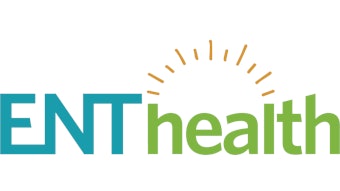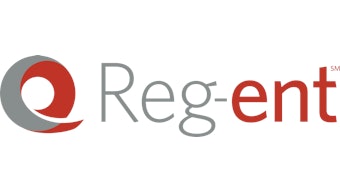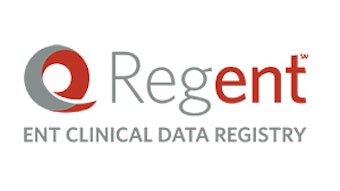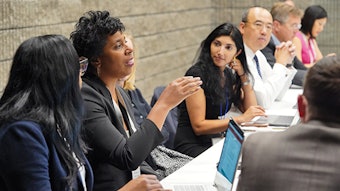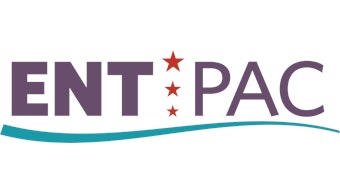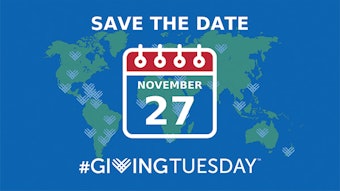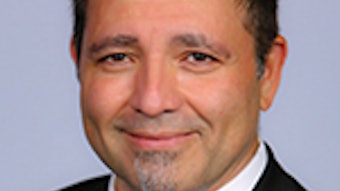How do we get there?
I recently had the opportunity to attend and speak at the Association of Otolaryngology Administrators (AOA) meeting in New Orleans, LA. The program was well-conceived and covered the breadth of skills and knowledge necessary to successfully navigate the ever-increasing complexity of what is our current healthcare system. The AOA’s contribution to our specialty and members, along with their patients, allows the optimal practice of otolaryngology.
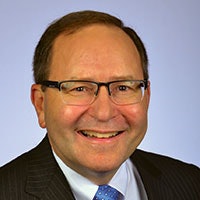 James C. Denneny III, MD
James C. Denneny III, MD
AAO-HNS/F EVP/CEO
Accurate identification of our brand, our goals, and aspirations requires a process that involves diverse input from a broad array of stakeholders. Initially, there are many ideas identified as attributes that we would like to embody that help shape our direction. Perhaps the most difficult aspect of this discovery process is collating this information and homing in on the most important principles and activities that we value the most. Clarifying and refining these ideas through interaction with our organizational family, as well as “customers,” leads to the eventual decision as to what makes us unique and what is our brand. Once that is done, it is essential to own it, magnify it, and, most important, teach it and share it within the organization and subsequently to the public. Once there is agreement and the brand created and the stakeholders educated, it is critical to “keep your promise” and uphold the expectations of your members in the various communities you serve. The organization needs to be known as a “promise keeper,” not a “promise breaker.”
The Academy went through an extensive process of gathering information from a large group of stakeholders both within and outside the organization prior to formulating and adopting our strategic plan this year. We committed to represent the interests of our diverse membership, patient population, and healthcare community that we work with to facilitate providing the best otolaryngology care possible to all. The organization is committed to this mission and strives to be a “promise keeper.” Projects such as our clinical data registry, Reg-entSM, and our new patient-focused website, ENThealth.org, are dedicated to achieving this goal.
I encourage you to visit ENThealth.org, which premiered at our Annual Meeting last month in Atlanta, Georgia. We anticipate this website will provide trusted information to patients with ear, nose, and throat problems as we fully populate it with interactive and innovative strategies to disseminate needed information to patients and physicians alike. I would like to thank all our member volunteers and staff for putting this website together under a very tight timeline. I hope that you and your patients will visit the site and give us your feedback on how we can improve any or all aspects of its educational offerings.
Our committees are the backbone of the organizational efforts in advocacy, education, health policy, quality, and research. Without the extensive time of the volunteer members and leaders of our Academy and Foundation committees, we would not be able to meet the needs of our specialty and our patients. This month’s online edition of the Bulletin, on entnet.org, lists all our committee rosters for the upcoming year. I encourage you to review them and if you know any of the volunteers or their staff liaisons, please thank them for their wonderful service. It is with great appreciation and thanks that I salute all these members who give willingly of their scarce free time to help the specialty.
As the next chapter of the USP 797 saga is closed, we will review our two-and-a-half-year collaborative effort with the AOA and AAAAI on the allergy immunotherapy compounding regulations, as well as with other specialty societies such as the ANS, AOS, and ARS, who worked with us on additional compounded products used in their areas of practice.
Finally, I would like to thank Eiji Yanagisawa, MD, for having donated his priceless collection of images, representing a lifetime of scientific and clinical work, to the AAO-HNS/F. These images will be newly available on AcademyU® soon. Please join me in welcoming Albert L. Merati, MD, as your President for 2018-19.

